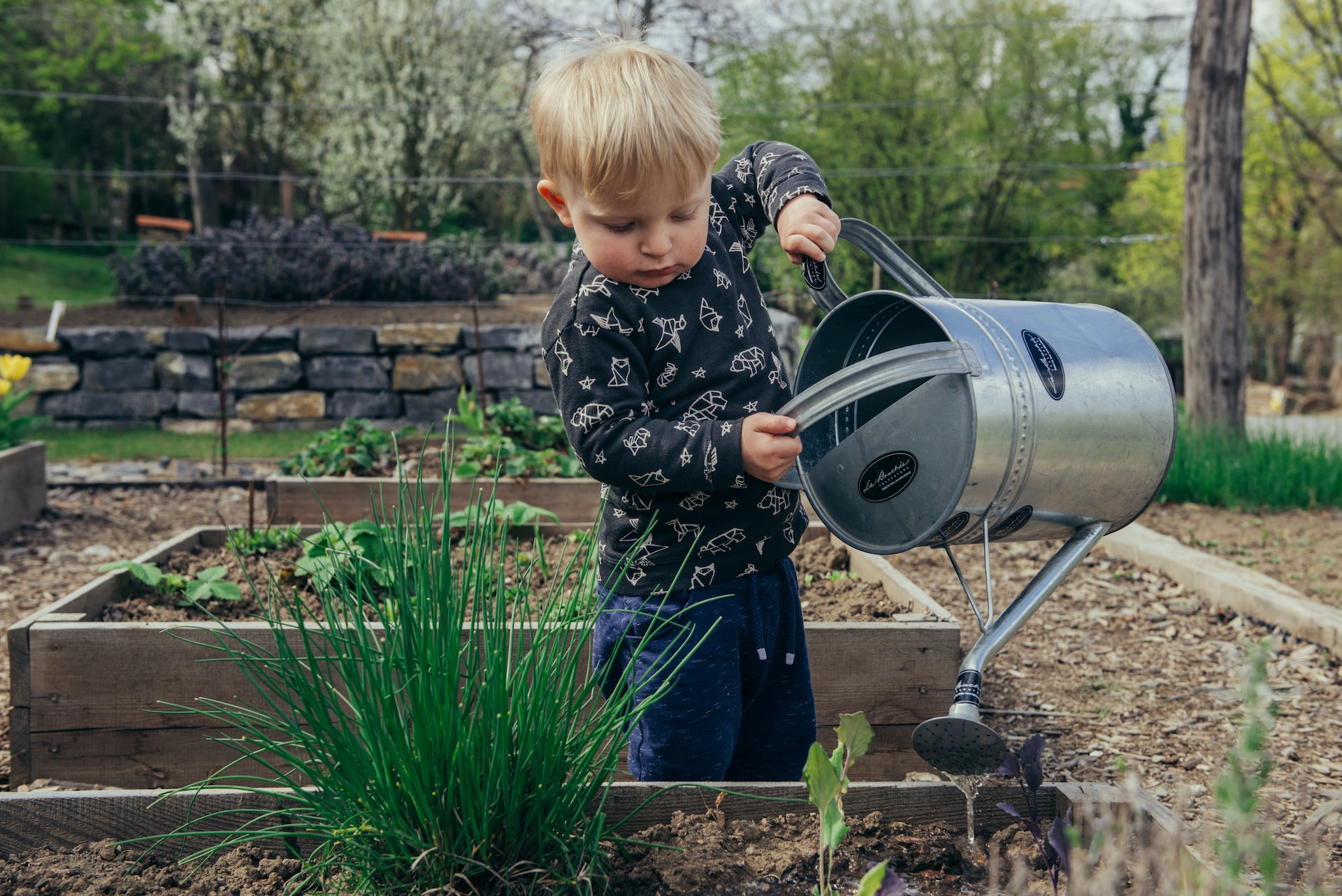Hydroponic gardening, especially the Nutrient Film Technique (NFT), has become increasingly popular due to its convenience and productivity. The NFT Hydroponic system is a method of growing plants where a thin film of nutrient-rich water flows over the roots of the plants, providing them with all the nutrients and oxygen they need. This system has substantial benefits for beginners, notably its compactness, water efficiency, and rapid growth turnaround. Now, to the core of this discussion – suitable plants for hydroponic beginners using the NFT system.
Lettuce
If you’re just starting off with NFT Hydroponics, lettuce may be one of the best initial crops to grow. Lettuce varieties like romaine and leaf lettuce are easy to grow as they have a relatively short growth cycle. Furthermore, lettuce prefers cooler environments, which are quite simple to regulate indoors.
Care tips for lettuce in hydroponic systems are simple. For starters, maintain a low nutrient concentration for your lettuce to avoid tip burn. Also, ensure that their roots are always moist. This will ensure that they sprout in no time. Here’s a pretty extensive video guide on growing lettuce in a hydroponic system.
Basil
Considered a cornerstone in Italian cuisine, basil is another fantastic green to try in your hydroponic garden. Basil grows incredibly fast and does well under fluorescent light. It thrives in temperatures around 70 F and doesn’t need much space for growth, making it convenient for a beginner’s setup.
Harvesting basil is effortless – simply snip leaves or entire branches as needed, but always be sure to leave a few of branches for the plant to continue growing.
Spinach
A great source of Vitamin A and C, spinach is unequivocally, a super-plant. It thrives in cooler temperatures, which makes it an excellent choice for indoor hydroponic gardening. It takes around 6 weeks from seed to harvest, ensuring you get a yield pretty quickly.
Growing spinach requires a balanced nutrient solution with slightly higher nitrogen content. Consistent light exposure of about 12-14 hours would also yield healthy plants. A little TLC goes a long way with spinach!
Chard
Chard, or silverbeet, is a low maintenance leafy vegetable that grows robustly in a wealth of conditions. It’s also relatively pest-free, which is a big plus for newbies in hydroponics.
When it comes to chard, keep your nutrient solutions moderately high in nitrogen and potassium. Maintain a neutral pH (around 6-7) and keep your plants well-lit for maximum productivity. Chard truly embodies the beauty of the hydroponic gardening with its hassle-free nature.
Bell Peppers
If you’re up for a little challenge, bell peppers would be an exciting addition to your hydroponic system. They require a bit more care compared to lettuce and basil but offer an enjoyable and rewarding cultivation experience.
Taking into account that these peppers prefer warm conditions, maintain a controlled environment between 70-85 F. In terms of nutrients, balances are key, but slightly higher levels of potassium and phosphorous would stimulate productivity. Troubles like blossom end rot could occur but could be remedied by adjusting the calcium levels.
Cilantro
Common in Mexican and Asian dishes, cilantro is a mobile herb, thriving in many conditions. In hydroponics, cilantro does exceptionally well, often growing faster than in soil.
Ensure that you maintain a lower EC (nutrient concentration), balance pH around 6-6.5, and provide ample light exposure of about 12 hours for optimal growth. The effort would be worth it when you have your cilantro-flavored dishes right at your fingertips!
Mint
Mint is the embodiment of what ‘easy-to-grow’ means in hydroponics. With a penchant for moist conditions and fast growth cycles, mint thrives in hydroponic setups.
Like most herbs in hydroponics, mint doesn’t require high nutrient concentrations. As for light exposure, about 10-12 hours daily will suffice. Beware, though, mint can be quite invasive. Hence, it’s advisable to grow mint separately from other plants in your hydroponic setup. For annotated guidance, utilize this NFT Hydroponics beginner’s guide.
Kale
Arguably one of the most nutrient-packed vegetables, kale grows exceptionally well in a hydroponic system. While it can grow year-round, it truly thrives in colder conditions, making it an excellent plant variety for your indoor hydroponic garden.
The growing conditions for kale include a pH around 6, a temperature of about 60-70 F, and light for around 8-10 hours daily. This video guide should have you growing kale in no time!
In conclusion, hydroponic gardening using the Nutrient Film Technique is suitable for beginners, particularly when starting with the easy-to-grow plants discussed above. From lettuce, basil, spinach, chard to bell peppers, cilantro, mint, and kale, these plants offer an exciting and rewarding journey into the world of hydroponics. Now, equipped with these tips and tricks, it’s time to take the plunge into the world of NFT hydroponics!

